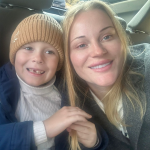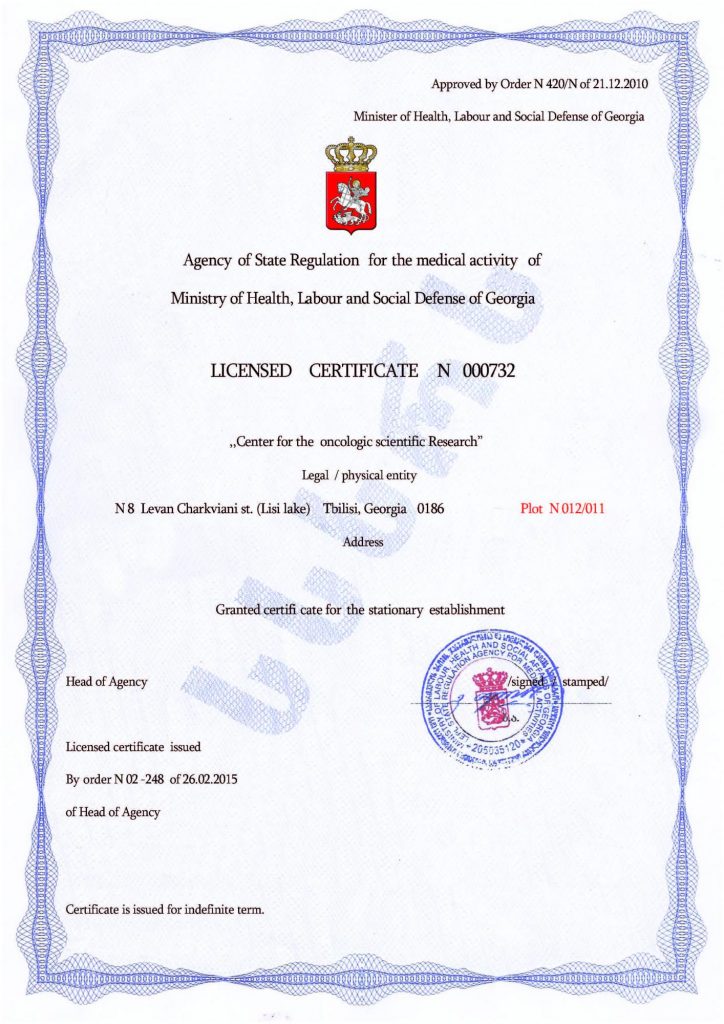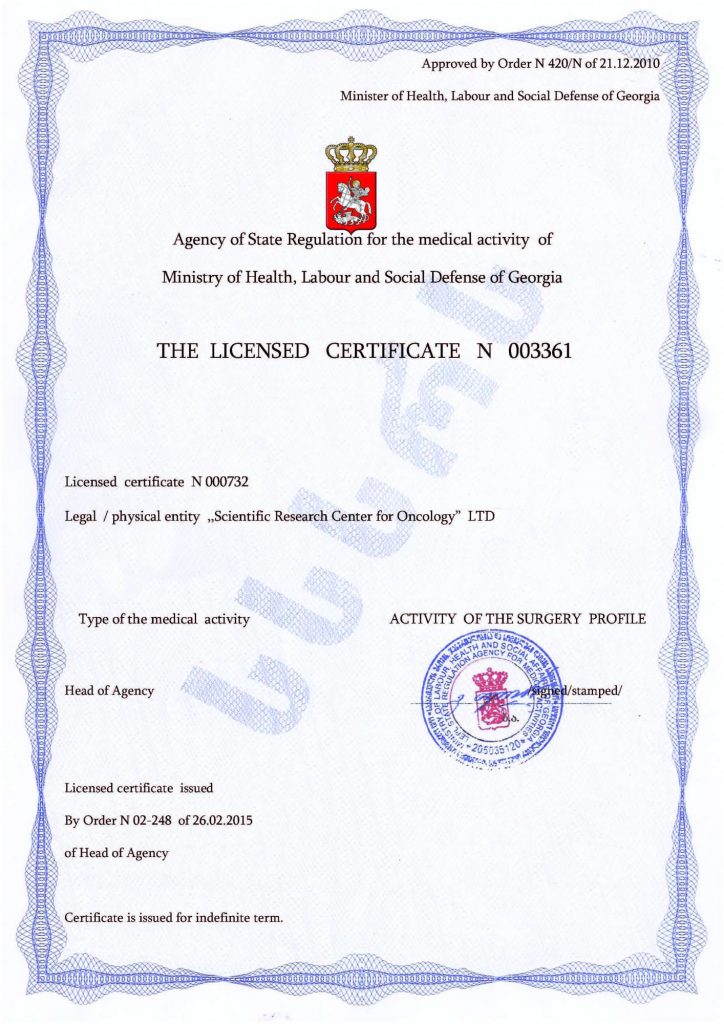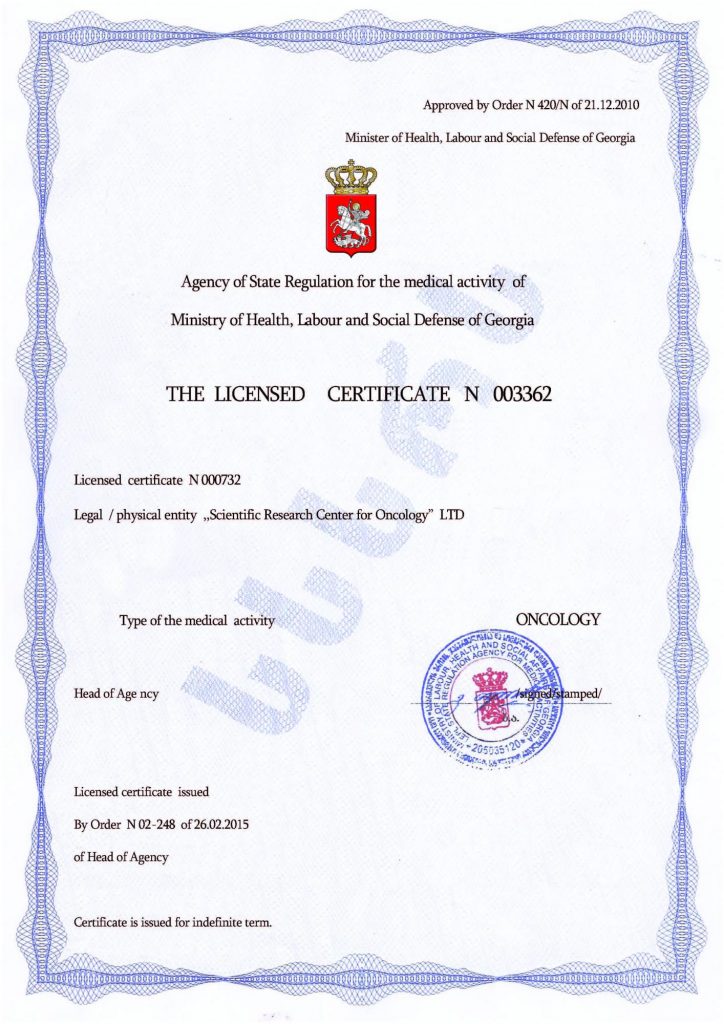Pain and Discomfort in the Joints in Autism
Overlooked Complaints
When autistic individuals complain about knee or ankle pain, doctors often don’t take them seriously. These complaints are frequently dismissed as unfounded due to sensory system dysfunction or simply regarded as fantasy. However, such problems are neither imaginary nor feigned.
There is growing evidence that autistic individuals are at higher risk of biomechanical dysfunction — in other words, disorders of the musculoskeletal system, which includes the joints. Ignoring this fact may mean that many people suffer for years unnecessarily.
Diagnostic Challenges
Part of the difficulty in diagnosing these issues stems from the fact that joint condition often depends on their function. Doctors may fail to consider that autistic people not only perceive the world differently but also move differently compared to neurotypical individuals. In many autism spectrum disorders, connective tissue weakness, changes in gait, and proprioceptive issues — the sense of body position in space — lead to specific problems.
Since sensory feedback may be underdeveloped, the body’s distress signals go unnoticed until inflammation or other consequences arise that can no longer be ignored.
Increased Joint Load in Autistic Children
There are several reasons why joint strain is greater in autistic children:
- Neurological factors that disrupt postural reflexes, which help maintain body position;
- Joint hypermobility, leading to excessive range of motion;
- Repetitive movements involving asymmetrical limb use;
- Low muscle tone, which slows motor development.
Biomechanical Impact of Toe-Walking
From a physics and mechanics standpoint, the knee functions like a lever, and it loses its pivot point when the heel rarely touches the ground. A flexed foot posture — common during heightened sensory arousal — sets off a chain reaction involving the tibia and the inner thigh muscles. Over several months, scar tissue forms in these areas, further limiting the normal function of the lower limbs.
These biomechanical changes develop gradually, often beginning in infancy with what seems like harmless inward foot rolling during crawling. By the time the child enters school, this foot positioning becomes an ingrained habit.
One of the most noticeable and concerning signs of musculoskeletal dysfunction is toe-walking. It leads to unnatural pressure on the ankle joint and shortening of the calf muscles, which eventually causes joint pain.
Contributing Factors: Hypermobility and Ehlers-Danlos Syndrome
Joint hypermobility and Ehlers-Danlos syndrome — a hereditary condition — also contribute to joint instability. Joints can shift and creak even with everyday movement. These issues are seen as manifestations of myofascial pain syndrome, where symptoms are linked to abnormal sensory information processing.
Chronic Pain and Behavioral Impact
Because many autistic individuals find it difficult to precisely describe their discomfort, doctors often underestimate the role of chronic pain in shaping behavior. Studies confirm that ongoing walking difficulties can increase anxiety, reduce concentration and energy, and lower overall quality of life.
Chronic pain can manifest in different ways:
- Insomnia and sleep disturbances, leading to daytime irritability;
- Frequent defensive postures, increasing joint strain;
- Avoidance of active play;
- Sensory overload, escalating into meltdowns.
Early Signs in Preschoolers
The first physical consequences of toe-walking in autistic children appear in early childhood. For instance, they may have overly tense calf muscles, making it difficult to maintain balance. Because the heel rarely touches the ground or any flat surface, pressure shifts to the front of the foot, causing microtraumas in the knee joint to occur regularly.
In early childhood, the following symptoms indicate a need for pediatric evaluation:
- Limping, even after short walks;
- Refusal to climb stairs;
- Crying when putting on shoes;
- Preference for stroller rides over walking.
Treatment Approaches
Treatment should be individualized. Some children benefit from ankle-foot orthoses, which help correct gait. In some cases, physical therapy is effective in managing pain. Other treatments may include:
- Stretching exercises for the calves and hamstrings;
- Wearing weighted vests to improve proprioception;
- Walking on a treadmill with visual cues, which discourage toe-loading;
- Daily sensory breaks involving low-impact physical activities, such as aquatic therapy.
However, even with these interventions, a core issue often remains: insufficient neuromuscular control.
A Comprehensive Solution: Cell Therapy
This issue can be addressed comprehensively through cell therapy, which is one of the most innovative approaches to treating autism — not just its symptoms. The therapy involves stem cell transplantation. These cells are taken from the patient themselves, making the procedure entirely safe with no risk of rejection.
Recovery occurs naturally, relying on the body’s regenerative capabilities. Stem cells identify damaged areas and, after transformation, replace them with healthy equivalents. As a result, the brain and nervous system begin to correctly interpret and process information, stabilizing behavior and accelerating overall and functional development. Autism symptoms may become significantly less pronounced — or disappear entirely.
This improvement boosts overall well-being, and because the effects often last for many years — or for life — supportive therapies become more effective as well.
The high efficacy and reliability of cell therapy compared to traditional methods have led to its growing global recognition. It may soon become a primary method for addressing autism and related conditions.
Today, leading clinics around the world offer this treatment, including the Mardaleishvili Medical Center. Its specialists conduct scientific research and have extensive experience with stem cell transplantation. The center is equipped with the latest technology, ensuring the highest therapeutic results. The level of care meets the strict standards of modern international healthcare systems, and treatment is more financially accessible than in many other countries.
Moreover, patients can receive full support with travel planning and accommodation arrangements during rehabilitation.
Cell Therapy: A Path to an Active Life Without Limitations!
Autism Treatment Center Videos
Autism treatment with own stem cells
Cord blood association congress
International Quality Crown
Autism Treatment Reviews
Autism treatment with own stem cells
The story of Alessandro (6 years old)
Autism Patient Testimonial - Stem Cell Treatment
Clients Testimonials
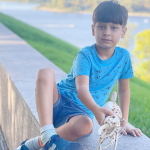
Review by Anastasia, mother of Yusup (8 years old) Read More
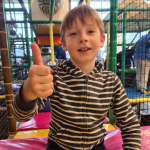
Feedback from Nathalie, mother of Andre (9 years old) Read More

Feedback from Yulia, mother of Emily (7 years old) Read More
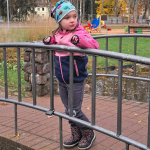
Feedback by Everita, Katrina’s mother (5 years old) Read More
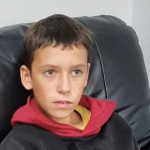
Feedback from Igor, David’s father (12 years old) Read More
